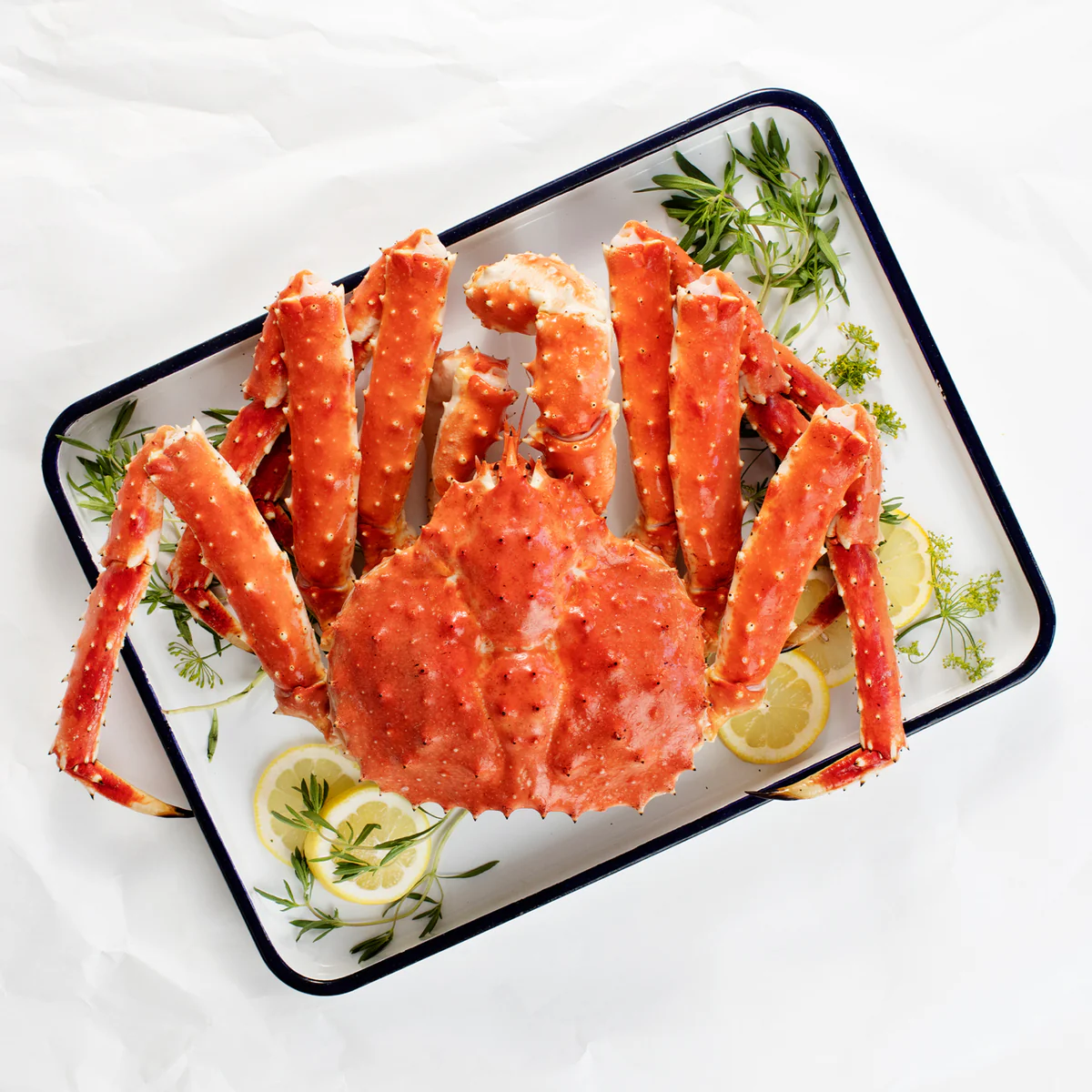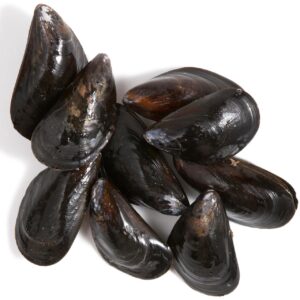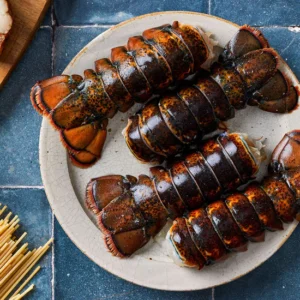Description
Exploring the Fascinating World of Sea Crabs
Sea crabs are a diverse and intriguing group of crustaceans that inhabit various marine environments around the globe. Known for their hard shells, sideways walking, and unique adaptations, crabs play essential roles in their ecosystems and have captivated human interest for centuries.
Anatomy and Adaptations
Crabs belong to the order Decapoda, which means “ten-footed,” and typically have ten limbs: eight walking legs and two pincers (chelae). Their exoskeletons, made of chitin, provide protection from predators and environmental hazards. Many crabs have specialized adaptations, such as the ability to camouflage themselves with their surroundings, allowing them to evade detection.
Habitat and Distribution
Sea crabs are found in a variety of marine habitats, including coastal waters, coral reefs, mangroves, and deep-sea environments. Some species, like the blue crab (Callinectes sapidus), thrive in estuarine environments where fresh and saltwater mix, while others, like the king crab (Paralithodes camtschaticus), prefer colder, deeper waters.
Behavior and Diet
Crabs are generally omnivorous, feeding on a wide range of organic matter, including algae, plankton, mollusks, and detritus. Their diet plays a crucial role in maintaining the health of marine ecosystems. Crabs are also known for their complex behaviors, including mating rituals, territorial disputes, and social hierarchies.
Reproduction and Lifecycles
Crab reproduction varies significantly among species. Most crabs have a larval stage known as the zoea, which is free-swimming and can drift in ocean currents before settling on the ocean floor and transforming into juvenile crabs. The lifecycle can take several months to years, depending on environmental conditions and species characteristics.
Economic Importance
Sea crabs are of significant economic value worldwide, serving as a popular seafood choice. Species like the blue crab, Dungeness crab, and snow crab are sought after for their sweet, tender meat. Sustainable fishing practices and aquaculture are essential for maintaining crab populations while meeting consumer demand.
Conservation Challenges
Despite their resilience, many crab species face threats from overfishing, habitat destruction, climate change, and pollution. Conservation efforts are crucial to protect these creatures and their habitats. Initiatives such as regulated fishing quotas, habitat restoration, and marine protected areas help ensure the survival of crab populations for future generations.
Conclusion
Sea crabs are not only fascinating creatures but also vital components of marine ecosystems. Their unique adaptations, behaviors, and economic importance make them worthy of study and conservation. By understanding and protecting these remarkable crustaceans, we contribute to the health of our oceans and the biodiversity they support. Whether enjoyed in a culinary dish or observed in their natural habitats, sea crabs continue to be a source of wonder and appreciation.






